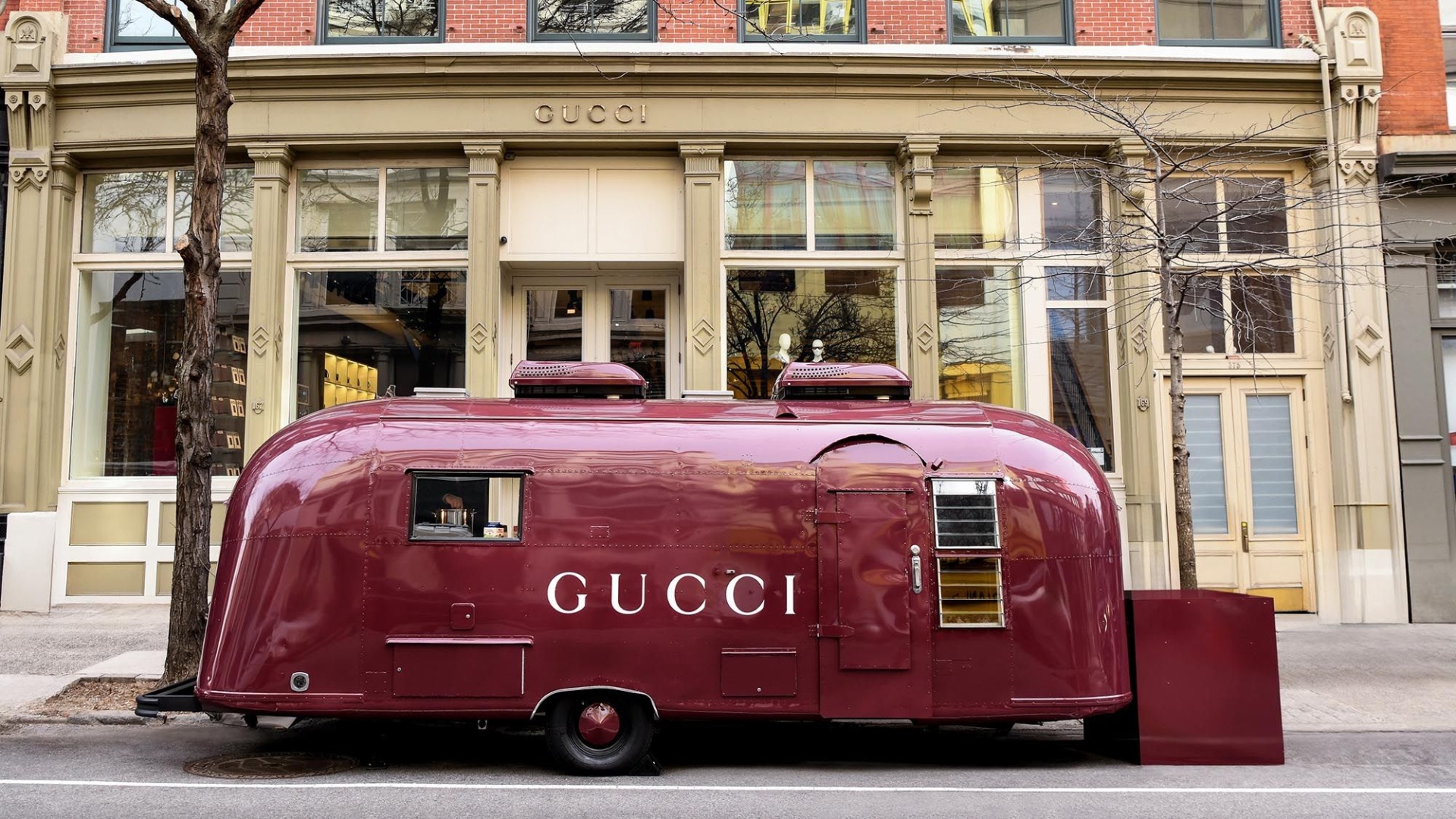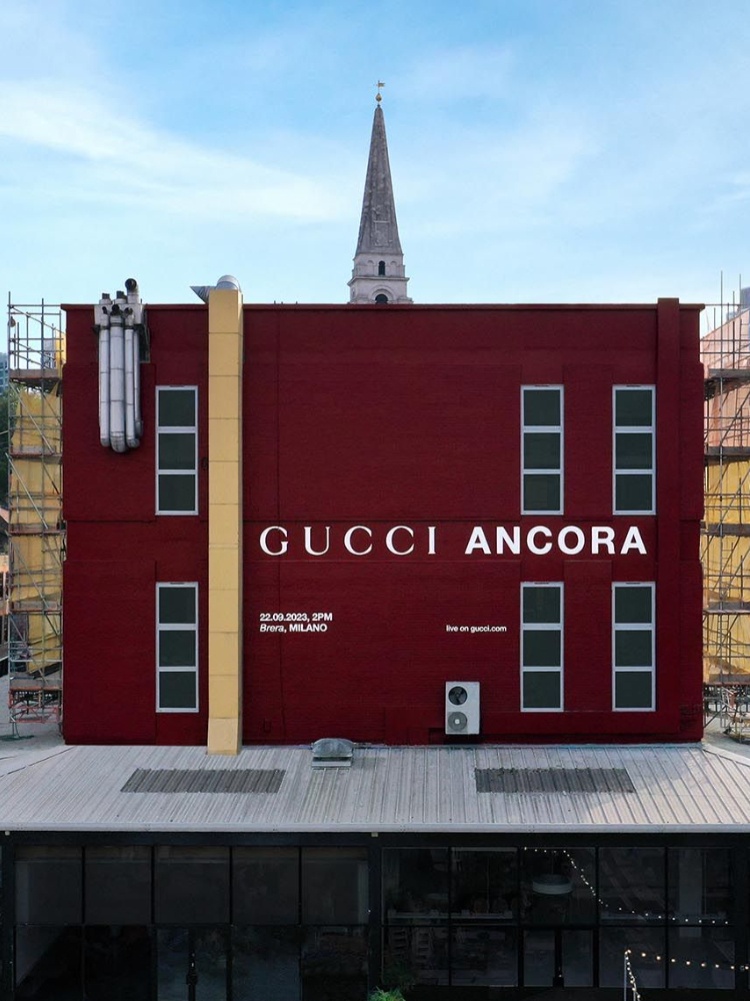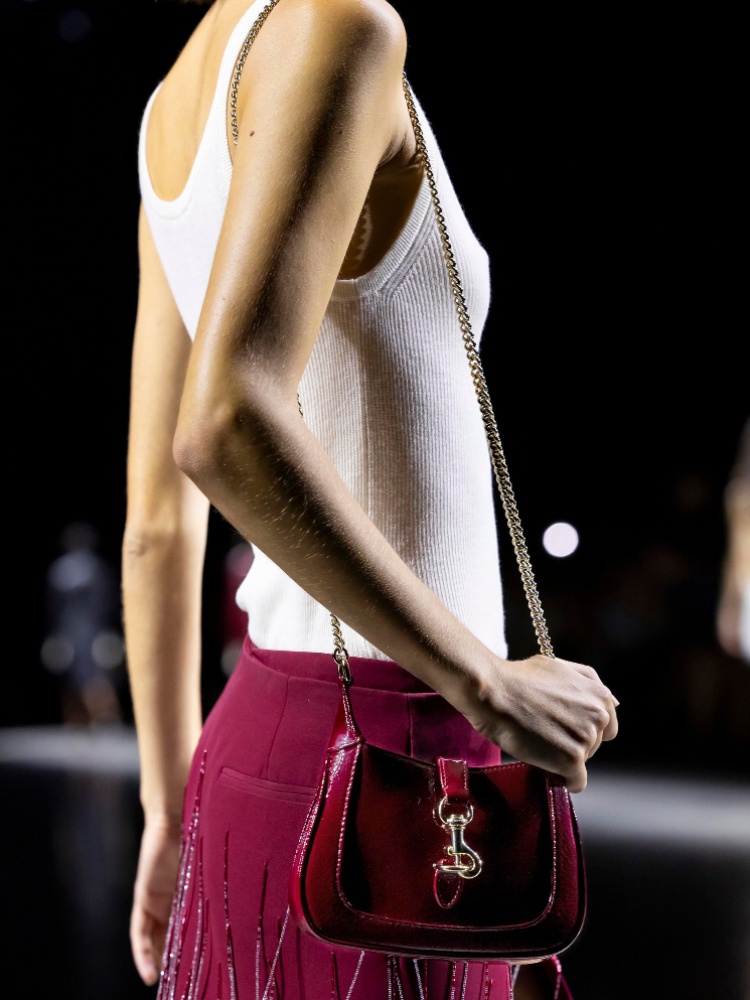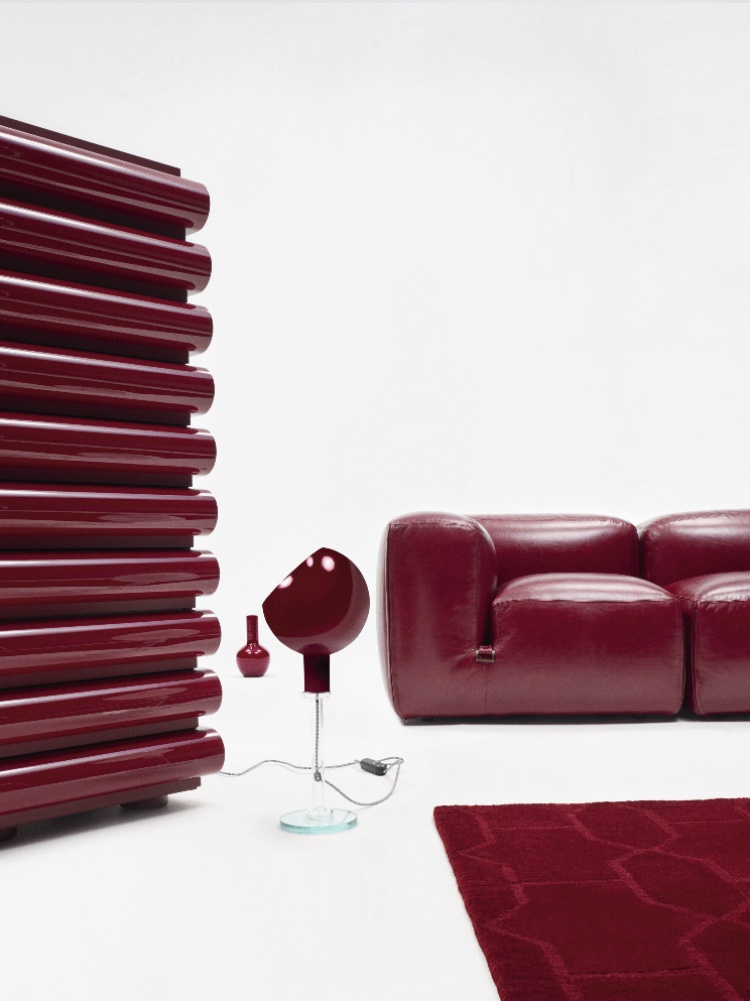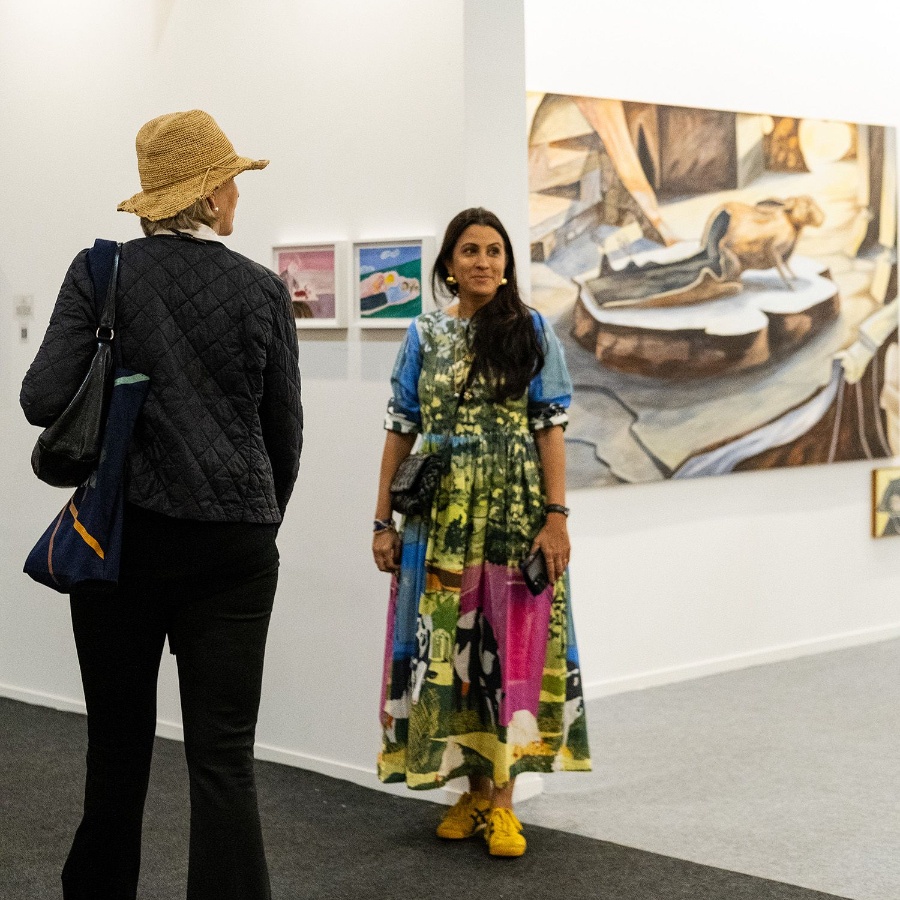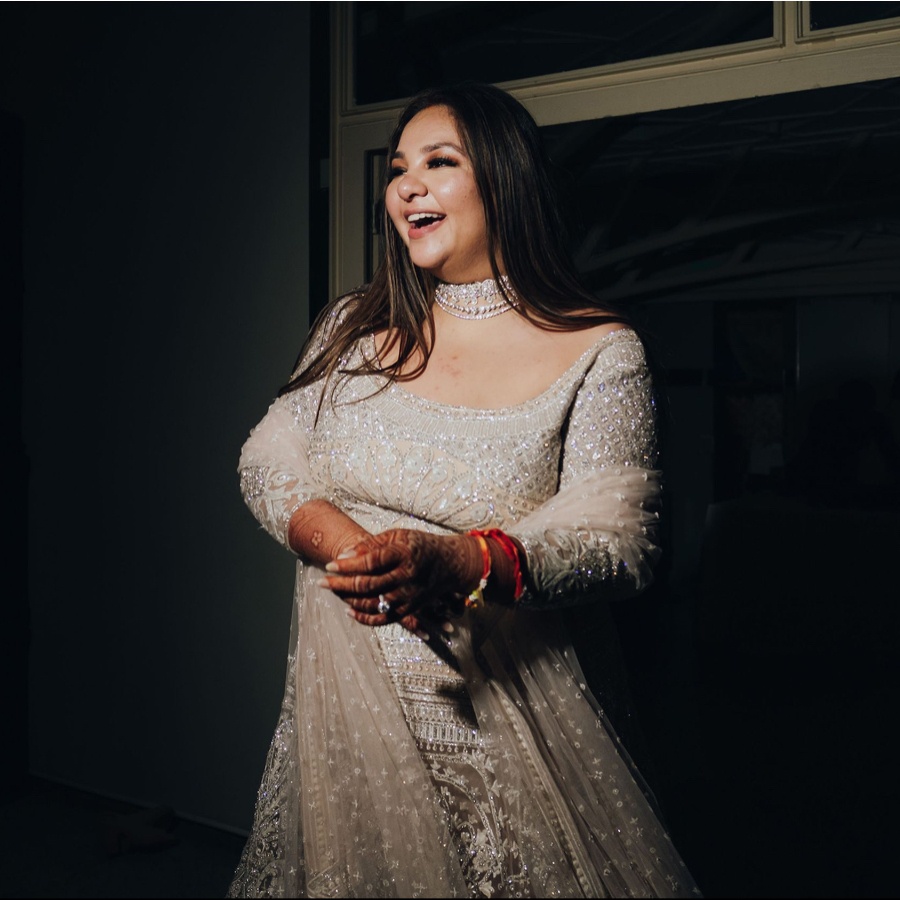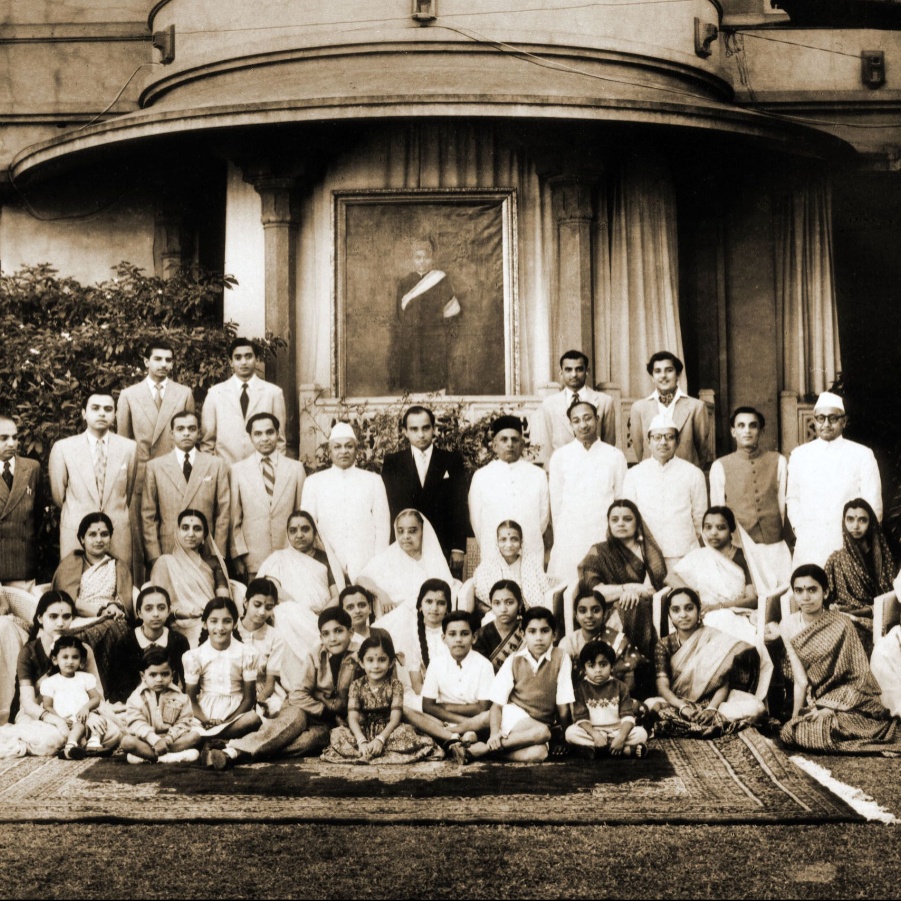In March of 2022, Valentino’s then creative director Pierpaolo Piccioli presented a ready-to-wear collection devoted almost entirely to Pink PP, a new shade of hot pink developed in collaboration with Pantone. The eye-searing fuchsia was everywhere—from the show’s set in Paris to the brand’s social media—and it went viral almost instantly. Friends of the house, including Zendaya, Anne Hathaway, Florence Pugh, Lewis Hamilton, to name a few, began sporting head-to-toe monochrome looks from the collection, which were instantly recognisable without a logo in sight. The pink-out was impossible to escape, pervading Instagram and TikTok from the day of the show until long after the collection hit stores, well into 2023.
The relationship between brands and colours is a tale as old as time. “Colour has been an important factor in marketing since the First Industrial Revolution in the mid-18th century,” points out cultural historian Dr Regina Lee Blaszczyk, much of whose work revolves around the relationship between colour and commerce. “The 20th century saw the rise of the first global megabrands, and with them, the use of colour as a brand signature. One of the most important 20th-century examples was the use of red in the Coca-Cola logo.”
The bright red hue is so ingrained in consumers that James Sommerville, vice president of global design at Coca‑Cola, has called it the company’s “second secret formula”. Fashion has its own famous, unflinching examples. Take Tiffany & Co.’s robin egg blue (the Pantone shade is named 1837 Blue, after its founding year) or Hermès’s warm citrus orange. Both brands have trademarked these specific shades for various applications and have been using them in their packaging for decades. “Colours are valuable assets for brands. It is a way for them to not only differentiate themselves from their competition, but as colour is a language, it is also a way for a creative director to broadcast the meaning and image of their brand,” says Laurie Pressman, vice president of the Pantone Color Institute.
And now, brands are going a step further. Like Bottega Veneta, whose parakeet-green accessories and garments during Daniel Lee’s tenure as creative director gained ‘it’ status among the fashion set. The same vibrant shade of green then popped up in the brand’s packaging, retail windows, hoardings, and pop-ups. Soon enough, shoppers and fashion journalists began name-checking the brand in association with the colour, dubbing it the ‘Bottega green’. These bags and clothes became objects of desire, thanks to a push from tastemakers such as Hailey Bieber, who has been spotted in the bright green hue.
Currently as chief creative officer at Burberry, Lee is attempting to replicate the success of Bottega green with a specific, electric shade of blue. After discovering the eye-catching hue in a version of the Burberry logo from the ’80s, he splashed it across his debut collection in February 2023, introducing ‘Knight Blue’ to the world. On the runway, we saw satin jersey t-shirts depicting blue roses with the words ‘Roses aren’t always red’ printed on them. Since then, the brand has painted London’s Bond Street tube station in Knight Blue and doused the city’s flagship Harrods store in that colour to kick off the department store’s 175th anniversary celebrations. Even the store’s doormen, who usually wear emerald green uniforms, were decked out in—you guessed it—Knight Blue checks.
Shortly after, Gucci’s creative director Sabato de Sarno presented Rosso Ancora, a deep, rich shade of merlot. Apart from heavily punctuating his debut spring/summer 2024 collection for Gucci, the colour was splashed across billboards and marketing activations around the world and online. At Milan Design Week this April, De Sarno introduced the Ancora Design project, which reimagines five icons of Italian design in the brand’s new signature shade.
It’s interesting to note how colours have started to play a bigger, more obvious role in promotional campaigns of not just brands, but also their creative directors. “In this world of hyper-personalisation, creative directors are increasingly turning to colour to imprint their own unique signature and express their vision,” Pressman adds.
